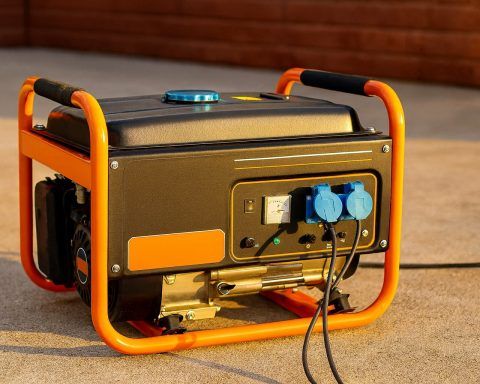
BigBear.ai Stock Soars 20% on New Defense AI Deal – Is ‘Mini-Palantir’ Rally Here to Stay?
Market Performance: A 2025 Rocket Ride BigBear.ai stock has been one of the hottest small-cap tech bets this year. After closing around $6 in late 2024, BBAI has climbed sharply: it surged 22% on Oct. 13 after the Tsecond partnership










